Yongchao Zhao
Spatial-temporal water area monitoring of Miyun Reservoir using remote sensing imagery from 1984 to 2020
Oct 14, 2021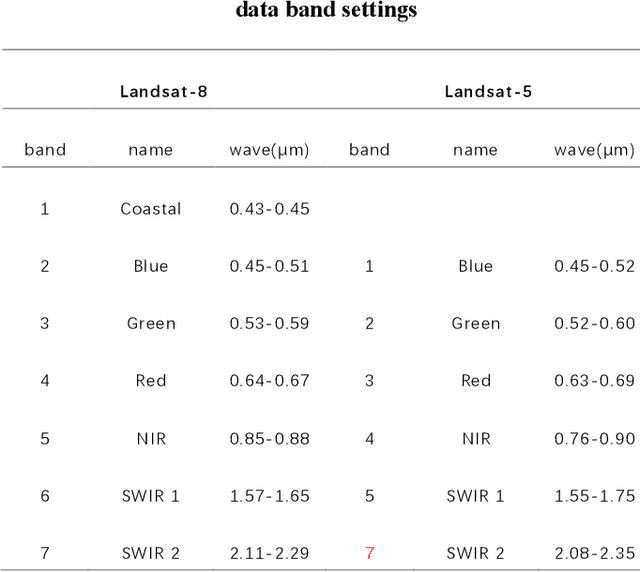
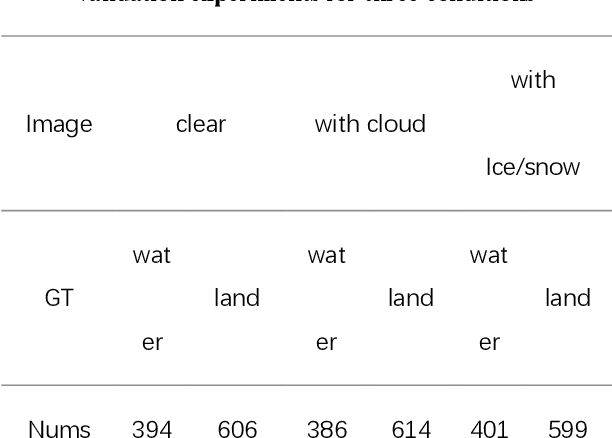
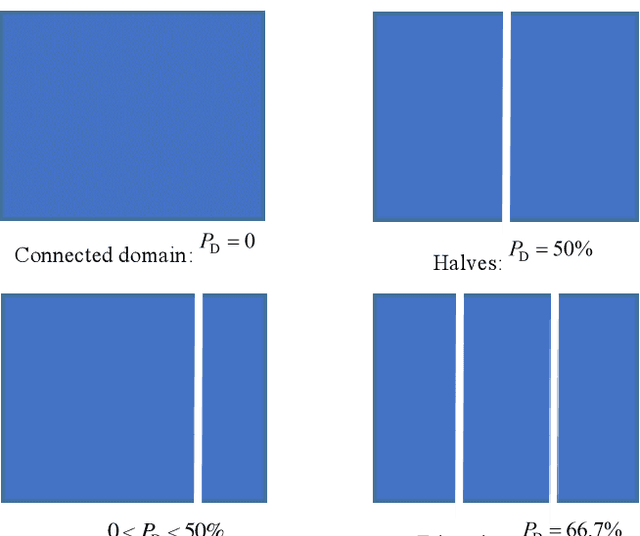
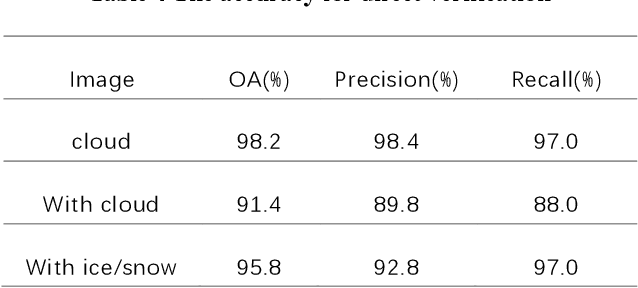
Abstract:Miyun Reservoir has produced huge benefits in flood control, agricultural irrigation, power generation, aquaculture, tourism, and urban water supply. Accurately water mapping is of great significance to the ecological environment monitoring of the Miyun Reservoir and the management of the South-to-North Water Diversion Project. On the 60th anniversary of the completion of the Miyun Reservoir, we took the Miyun Reservoir as the study area and collected all the Landsat-5 and Landsat-8 remote sensing images from 1984 to 2020 for water mapping. Based on the spectral, topographical and temporal-spatial characteristics of water, we proposed an automated method for long-term researvoir mapping, which can solve the problems caused by cloud, shadow, ice and snow pixels. Moreover, it can also deal with 'the same objects with different spectra' and spectral mixed problems. The overall accuracy is as high as 98.2% for the case with no cloud or snow/ice cover. The landscape division index is introduced to analyze the morphological changes of Miyun Reservoir. Based on the mapping results, we analyzed the changes of Miyun Reservoir from 1984 to 2020 and the driving factors of them.
An automatic bad band preremoval algorithm for hyperspectral imagery
Oct 19, 2016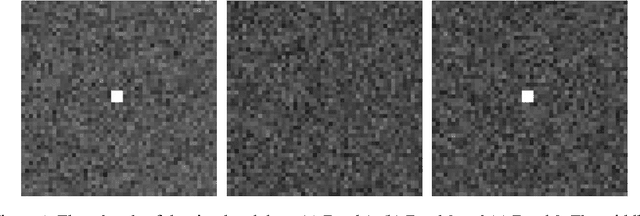

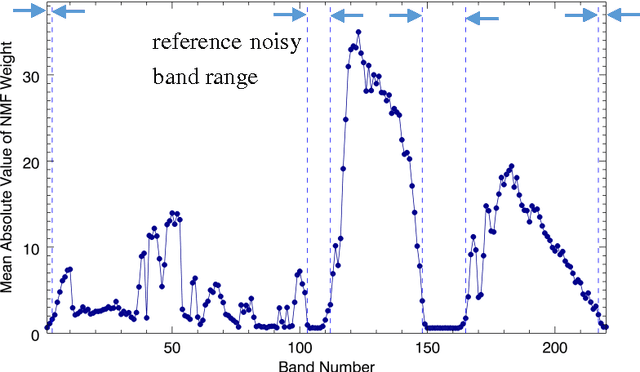
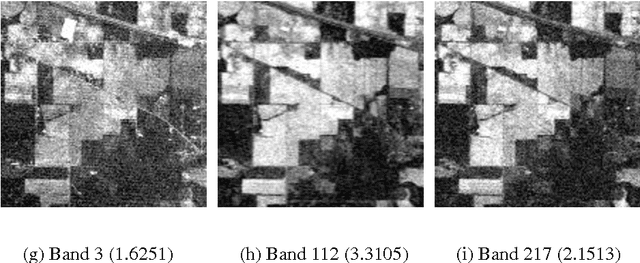
Abstract:For most hyperspectral remote sensing applications, removing bad bands, such as water absorption bands, is a required preprocessing step. Currently, the commonly applied method is by visual inspection, which is very time-consuming and it is easy to overlook some noisy bands. In this study, we find an inherent connection between target detection algorithms and the corrupted band removal. As an example, for the matched filter (MF), which is the most widely used target detection method for hyperspectral data, we present an automatic MF-based algorithm for bad band identification. The MF detector is a filter vector, and the resulting filter output is the sum of all bands weighted by the MF coefficients. Therefore, we can identify bad bands only by using the MF filter vector itself, the absolute value of whose entry accounts for the importance of each band for the target detection. For a specific target of interest, the bands with small MF weights correspond to the noisy or bad ones. Based on this fact, we develop an automatic bad band preremoval algorithm by utilizing the average absolute value of MF weights for multiple targets within a scene. Experiments with three well known hyperspectral datasets show that our method can always identify the water absorption and other low signal-to-noise (SNR) bands that are usually chosen as bad bands manually.
 Add to Chrome
Add to Chrome Add to Firefox
Add to Firefox Add to Edge
Add to Edge